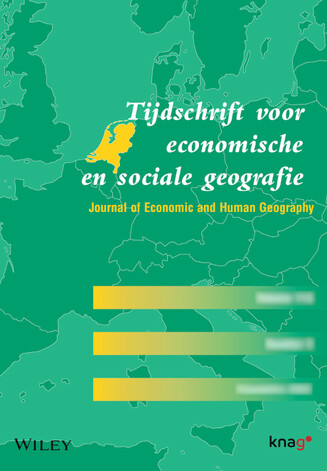THE SURVIVAL OF COMMERCIAL HIERARCHIES: RURAL SERVICE CENTRES IN WESTERN VICTORIA, AUSTRALIA
ABSTRACT
A case study of rural service centres in Western Victoria, Australia, is used to determine whether the pattern of commercial activity produces hierarchical centres or dispersed cities composed of groups of specialised towns. Cluster analysis techniques applied to a 216 place x 83 matrix of functional types identified seven major grades of place that could be generalised as a hierarchical distribution, a finding confirmed by discriminant analysis techniques. Differences in the distribution of these grades across Western Victoria revealed the influence of population density and distance from the Melbourne metropolitan area. Population changes for these centres between 1971 and 1991 revealed a continuation of the decline or stagnation of the lower order centres, rather than any small town revival associated with counter-urbanisation forces.
Statistics
Web of Science Times Cited
6
Journal Citation Indicator
1.35

